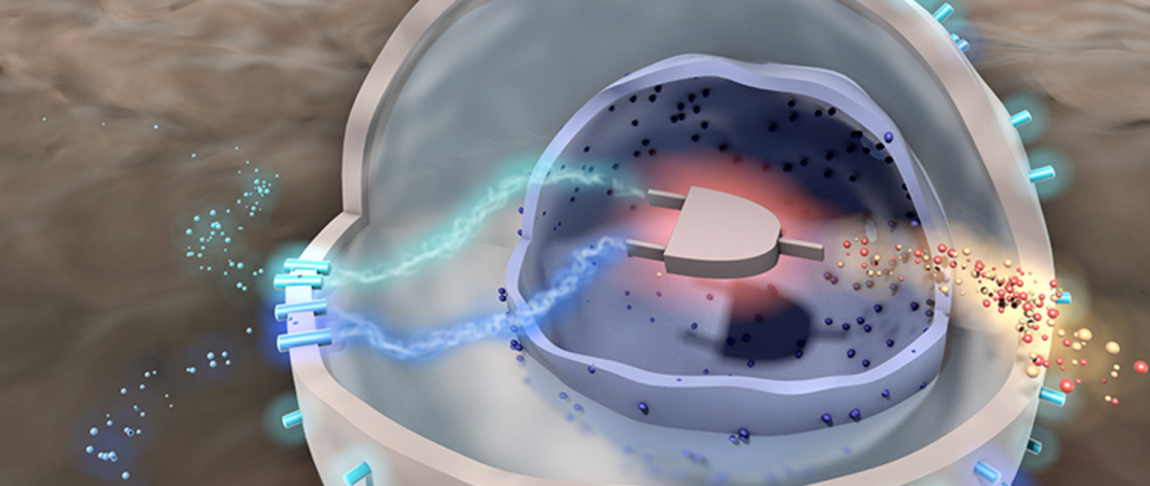
Molecular Prosthetics
Molecular prosthetics are cells with gene circuits that are implanted into an organism. Once implanted, they take over metabolic functions that the organism is unable to perform itself. Developed by ETH Professor Martin Fussenegger and his team at ETH Zurich’s Department of Biosystems Science and Engineering in Basel, these molecular prostheses are designed to treat psoriasis (a skin disorder in which skin cells can multiply up to 10 times faster than normal, causing damage to the skin).
Similar gene circuits that were previously developed typically only monitored for the presence of a particular metabolic molecule, and they produced another metabolic molecule in response. This new circuit is more complex in that is able to simultaneously monitor for two molecules. Once the two are detected, it produces two different molecules.
When tested on mice, the circuit successfully suppressed phases of psoriasis. Of course, this means that it will likely be some time before it can be effectively implemented in humans; however, initial results are promising.
You can learn more about psoriasis in the video below.

Designer Cells
During a psoriasis phase, the immune system’s cells are responsible for triggering an inflammatory response by increasing the production of various messengers, and later producing a series of messengers that removes the inflammation.
The gene circuit developed by ETH is able to detect inflammatory molecules TNF and IL-22. When both these molecules are detected, the circuit disperses anti-inflammatory molecules IL-4 and IL-10. Fussenegger explains that, “in this way, our molecular prosthesis helps the immune system to suppress the inflammatory response.”
As previously mentioned, using designer cells like these on humans is still a long ways away; however, according to Fussenegger, it is conceivable that these cells can be implanted into psoriasis patients, although the growth in connective tissues caused by the disease could cut the implant off from the bloodstream, the cell will have to be replaced every few months.
The technology could also be suitable for the treatment of other diseases according to Fussenegger. In a press release, he says that “Chronic inflammatory diseases are a good example of the type of disease that cannot be diagnosed by measuring a single molecule.” Diseases such as these could be diagnosed with the help of designer cells that can detect and produce molecules within the body.